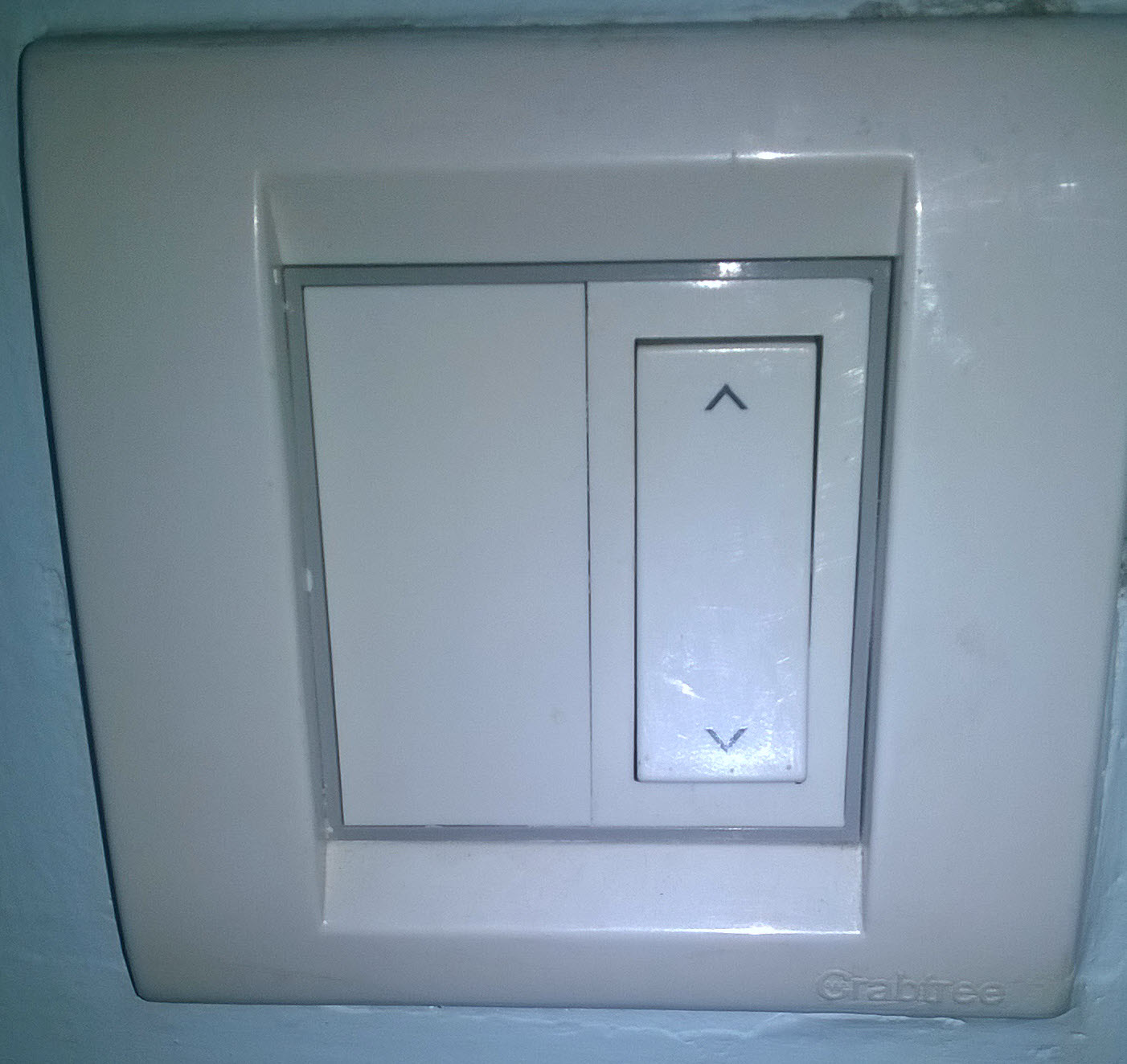In my home, electricity passes through a bulb holder even when the switch is off. I heard that happens due to 3-way switches. Could anybody tell me if it is okay or worth worrying?
Update
Let me explain it in detailed:
I use that holder for LED bulb which glows (no issue with plastic frame of the holder) even when the switch is off so I ran the following tests by taking out the bulb.
1) Normal Line Tester - When I test with line tester, one of the two pins, i.e., line pin indicates that the electricity passes through it slightly when switched off.
2) Digital Teser - Digital tester indicates as following:
- Line test - 12v 36v 55v 110v
- Inductance break point test - 12v 36v
Here is the screenshot of the switch:
One of them located at the beginning of staircase (in the main hall) and another at the end of the staircase on the first floor's hall. It's a duplex building.



